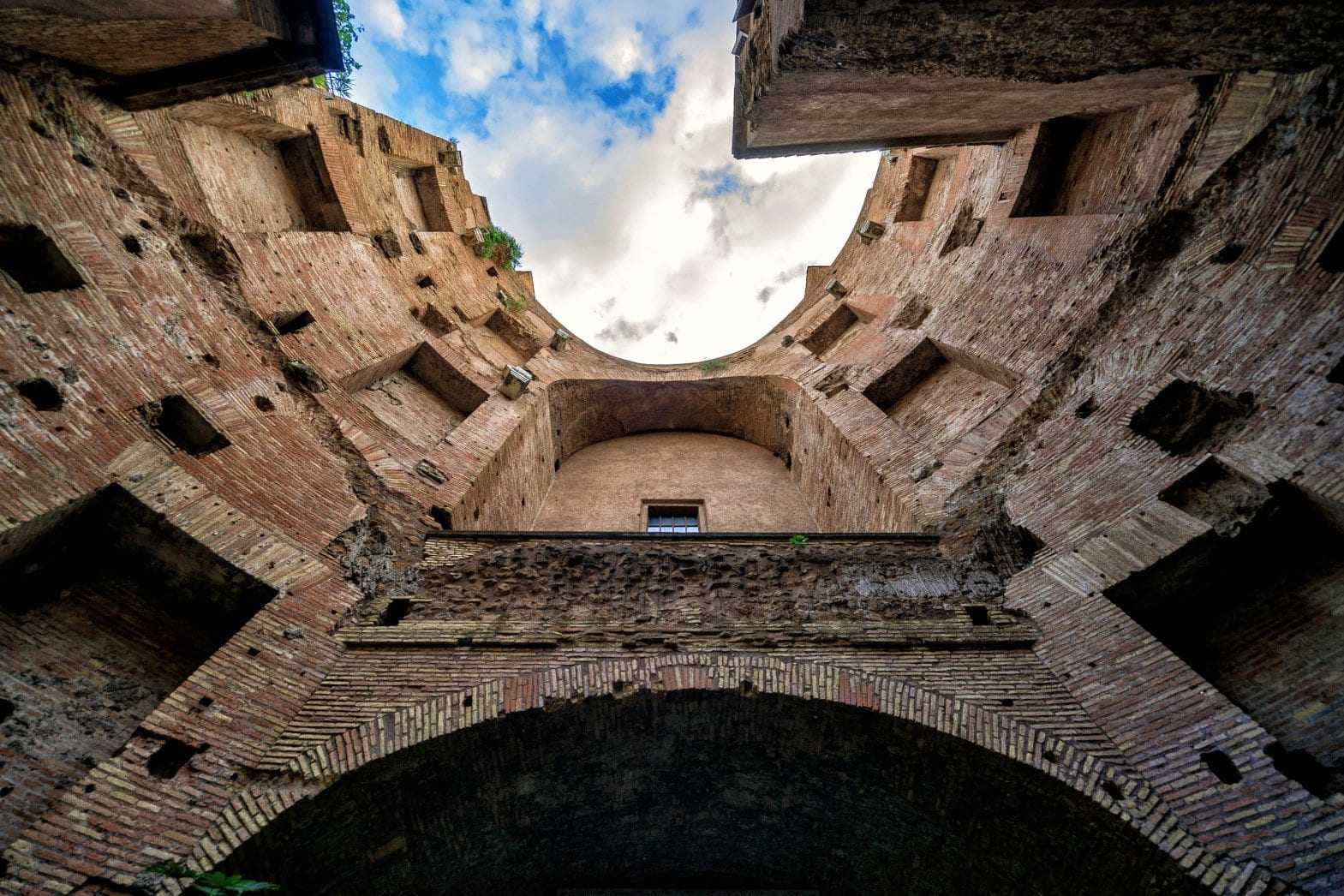Exploring the Baths of Diocletian: Rome’s Ancient Wellness Center
The Baths of Diocletian, located in the heart of Rome, are a testament to the grandeur and sophistication of ancient Roman engineering and culture. Built between 298 and 306 AD, these baths were the largest of their kind in the Roman Empire, capable of accommodating up to 3,000 people at once. Today, they offer a fascinating glimpse into the past, showcasing the Romans’ advanced understanding of architecture, social life, and wellness.
Historical Significance and Architecture
The Baths of Diocletian were commissioned by Emperor Diocletian and Maximian as a gift to the Roman people. They were not just a place for bathing but a social hub where Romans gathered to relax, exercise, and engage in intellectual discussions. The complex covered an area of over 32 acres and included a series of rooms with different temperatures, such as the frigidarium (cold room), tepidarium (warm room), and caldarium (hot room). The baths also featured a natatio (swimming pool), gymnasiums, libraries, and gardens.
The architecture of the Baths of Diocletian was a marvel of its time. The use of concrete and brick allowed for the construction of massive vaulted ceilings and expansive spaces. The interiors were adorned with marble, mosaics, and statues, reflecting the opulence of the Roman Empire. The design of the baths influenced many subsequent public buildings and remains a source of inspiration for architects today.
Visiting the Baths Today
Today, the Baths of Diocletian are part of the National Roman Museum, and visitors can explore the remains of this ancient complex. The site is located near the Termini Station, making it easily accessible for tourists. When visiting, you can walk through the grand halls and imagine the bustling activity that once filled these spaces. The museum also houses a collection of artifacts, including sculptures, inscriptions, and tools, providing further insight into Roman life.
One of the highlights of a visit is the Basilica of Santa Maria degli Angeli e dei Martiri, which was built within the ruins of the baths by Michelangelo in the 16th century. The basilica’s unique design incorporates the original Roman architecture, creating a stunning blend of ancient and Renaissance styles. Additionally, the nearby Planetarium and Astronomical Museum offer an engaging experience for those interested in astronomy and the history of science.
Tips for a Memorable Visit
To make the most of your visit to the Baths of Diocletian, consider the following tips:
- Plan Your Visit: The site is open daily, but hours may vary, so check ahead. Early mornings or late afternoons are ideal for avoiding crowds.
- Guided Tours: Consider joining a guided tour to gain deeper insights into the history and significance of the baths. Knowledgeable guides can provide context and stories that bring the ruins to life.
- Comfortable Footwear: The site is expansive, and you’ll be doing a lot of walking, so wear comfortable shoes.
- Photography: The baths offer numerous photo opportunities, from the grand architecture to the intricate details of the mosaics. Be sure to bring a camera or smartphone.
- Nearby Attractions: Combine your visit with nearby attractions such as the Basilica of Santa Maria Maggiore or the Palazzo Massimo alle Terme, which houses an impressive collection of Roman art.
The Baths of Diocletian are a must-visit for anyone interested in Roman history and architecture. They offer a unique opportunity to step back in time and experience the grandeur of ancient Rome.
